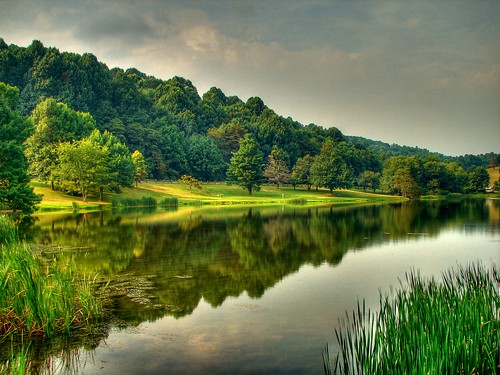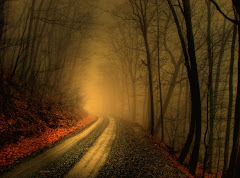
Mantras of Composition as I see it. They are simple but infinitely complex.
1. The first rule of composition is look at many pictures, look at the ones you like and decide what you like about them. And look at them more and often. They are your best hints for effective composition.
2. The rule of thirds has been roughly said to be a tit tat toe box. And, you should arrange element of interest near the intersecting lines. Take the rule of thirds a little bit different in your mind lay the grid down and think foreground, mid ground, and far ground. Strong foreground elements are very effective even in large landscape depictions.
3. Think of a photograph as a way to lead the eye. To have an interesting photograph think what point does the eye fall on first, then second and third.
4. Always look for vanishing points. A vanishing point is where the photograph leads the eye to infinity. Effective vanishing points can inspire the viewer to look longer and deeper into an image.
5. Be sure to have effective contrast and lightness. Look at your photo over and over again. Simple contrast adjustments can not only increase clarity, but keep your photography from looking flat. Look at the black and white points of your composition. Ask yourself do they help lead the eye? And, effective contrast increases color tonality in your image.
6. Remember that light and darkness is what makes a photograph. In essence photographing is the capture of light. And, light will lead the eye. Look for light that creates a tunnel effect. Look for light that emphasizes light and contrast. Always think how can I use the light to the best advantage.
7. Look at the direction your composition leads the eye. Does it lead it from corner to corner, or front to back. What is the most appealing you have to decide. Take more pictures so you can also think at this at home.
8. DOF is depth of field. Narrow DOF has clarity of the focus on the object of most interest with the background or the foreground becoming unfocused. A wide DOF averages the focus over the whole image. DOF is controlled by the Aperture setting on your camera. Setting your DOF can be one of the major factors in deciding on a composition. Narrow DOF is primarily used in macro photography, but it can also be effective in landscapes. When you have a path of sharpness through a less focused area you create a path for the eye to follow.
9. Composition by color can be very effective and vivid. Look how framing colors and color differences can lead the eye. Every photograph is a journey. Think how colors complement the journey's end.
10. Remember there are no real rules. What works best in one case may not work in another. The ultimate goal is capture spirit, to evoke a feeling to inspire the viewer with thought or awe. Remember that as a mantra.






Great site, great content. Thanks for the pointers and links. I really enjoyed your site and the top photograph is breathtaking. Good Job !
ReplyDeleteNice clear discussion of composition with lots of good advice. I sometimes ask myself the question, "where do the lines resolve themselves?" and try to place a subject there. I think it might also be important to remember to just let go sometimes and frame the image without to much intellectualizing. But I guess you have to know the rules to break the rules.
ReplyDeleteGreat work!
Thanks for the comments. Ultimately, composition comes to you as a second nature. Your eye knows the designs and you frame your picture intuitively. Words are not the best medium for this wordless process.
ReplyDelete